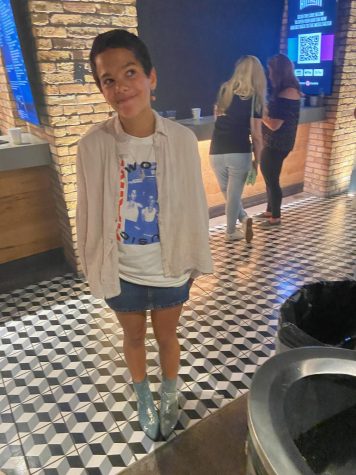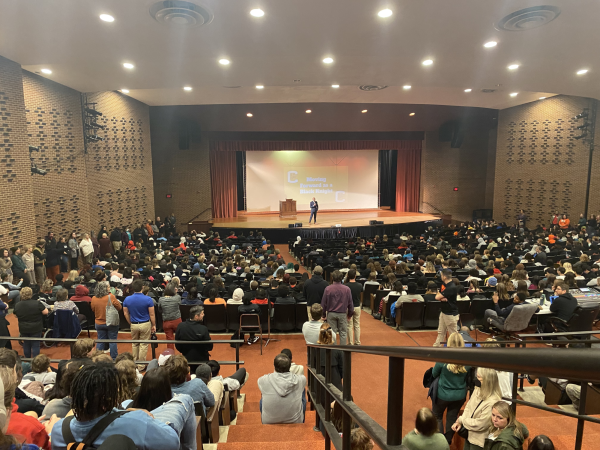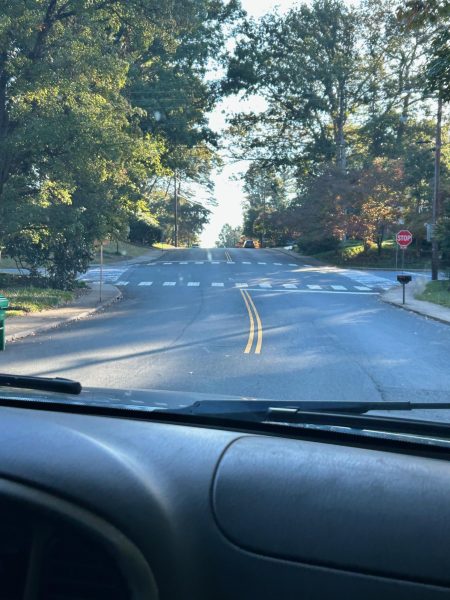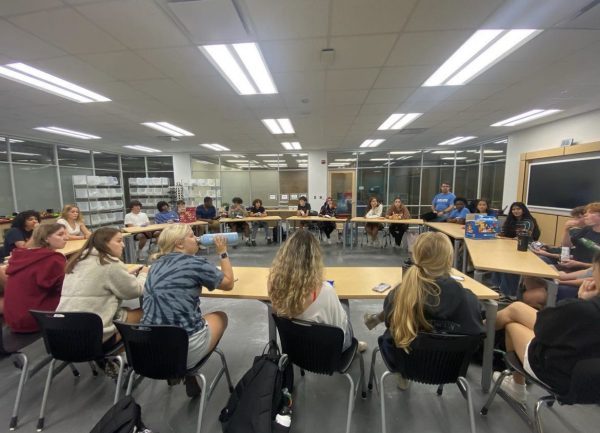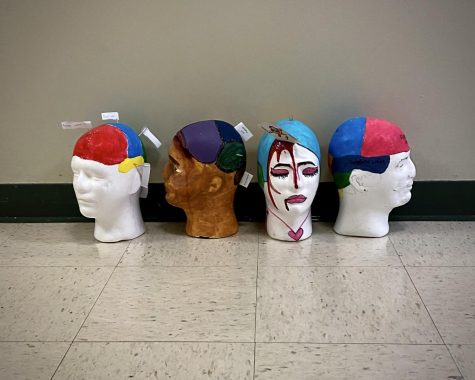Self Advocacy: Overcoming Inequity In Career Advising

October 5, 2022
Life after high school is commonly divided into three paths a student can take: The work force, a trade school, or a four year university. Students often have their paths pre-determined for them by factors including parents, high school, financial situation, and friends. The impact of family and financial background deepens inequality in career paths, a role that takes root in one essential component: resources.
Resources are vital for any student who wants to be successful, no matter their desired future. Any student seeking a four year education needs a decent GPA, and therefore the academic support to maintain that GPA. Students entering the workforce need to know how to write a resume and how to make themselves appealing to an employer. Essential skills need to be transferred to adolescents in high school, but for students without assistance, the lack of those skills creates a deficit that is hard to overcome.
The first disparity begins in home life. Parents with college degrees who have been through the application process before immediately serve as a resource to their children. Parents who are present or have time to research and aid their children provide an advantage. Home life is essential in any child’s success, and any child’s future. Differences in parental aid tend to align with class levels, as students with more support gravitate towards higher classes.
“Statistically speaking if you are a white student in an AP class you are going to get outside help because you statistically have parents that have been through the college process. [AP students] have financial access to tutors, and a lot of our students don’t,” said Chelsea Park, AVID Coordinator at Charlottesville High School.
Ms. Park is a force within CHS seeking to support first generation students in their plans after high school. One of the greatest issues she sees is students left in the dark. Students without mentors or advisors do not know the system and do not have help navigating it. AVID is an elective that provides CHS students with help in each area of their academic lives to achieve their goals. The AVID classroom environment is one of a shared experience, where students who face challenges each day alone in their classes can gain confidence.
KTR interviewed AVID student Kailonna Crews about her experience in AVID.
“In eighth grade I was recommended to join by the eighth grade Avid coordinator, so I had my interview and everything and I started my first year my freshman year.”
KTR asked Kailonna what skills AVID has taught her throughout high school.
“Over the years it’s been a lot about teaching college level help I guess with things like notes and that. It’s especially helpful this year because they do pay for all of our college applications. Most of our graded assignments are applying for scholarships. I feel like a lot of the things we do learn should be taught to everybody, just simple things like FASFAs I wouldn’t really know how to do without AVID. [I’ve learned] just knowing what my resources are and knowing I have resources and I can use them.”
Unfortunately, a program like AVID can only reach so many. In a school of around 1,200 there will inevitably be students who fall through the cracks. That is where Ms. Park’s main piece of advice comes into play: advocate for yourself.
“No question is stupid. They might feel like it’s stupid because the question they’re asking in certain classes and a lot of other students might already know, but that doesn’t mean it’s stupid. That just means they haven’t heard it before,” said Park.
In classes where it seems everyone understands, or social circles where each future seems concrete, self doubt is the quickest way to drown in the overwhelming mess of decisions and planning. It is essential that struggling students reach out to a teacher, mentor, or advisor, because CHS has resources available for anyone pursuing them.
Along with AVID, another resource is Kayla Edwards, CHS college advisor. CHS always has a college advisor on staff, and although Ms. Edwards works primarily for first generation students, she can meet with anyone. CHS college counselors can also advise any student who reaches out.
Ms. Edwards also pushes students to advocate for themselves. “You just have to ask. You just have to tell people your situation, and we can help you. The opportunities [you have] are endless,” she said.
Self advocacy is not easy, and the fear of asking for help is what limits so many students from their potential. However, CHS is equipped with the resources to support its students in need, and will work hard to do so. For any student struggling to navigate their future, naming their needs is the first step to receiving guidance.


